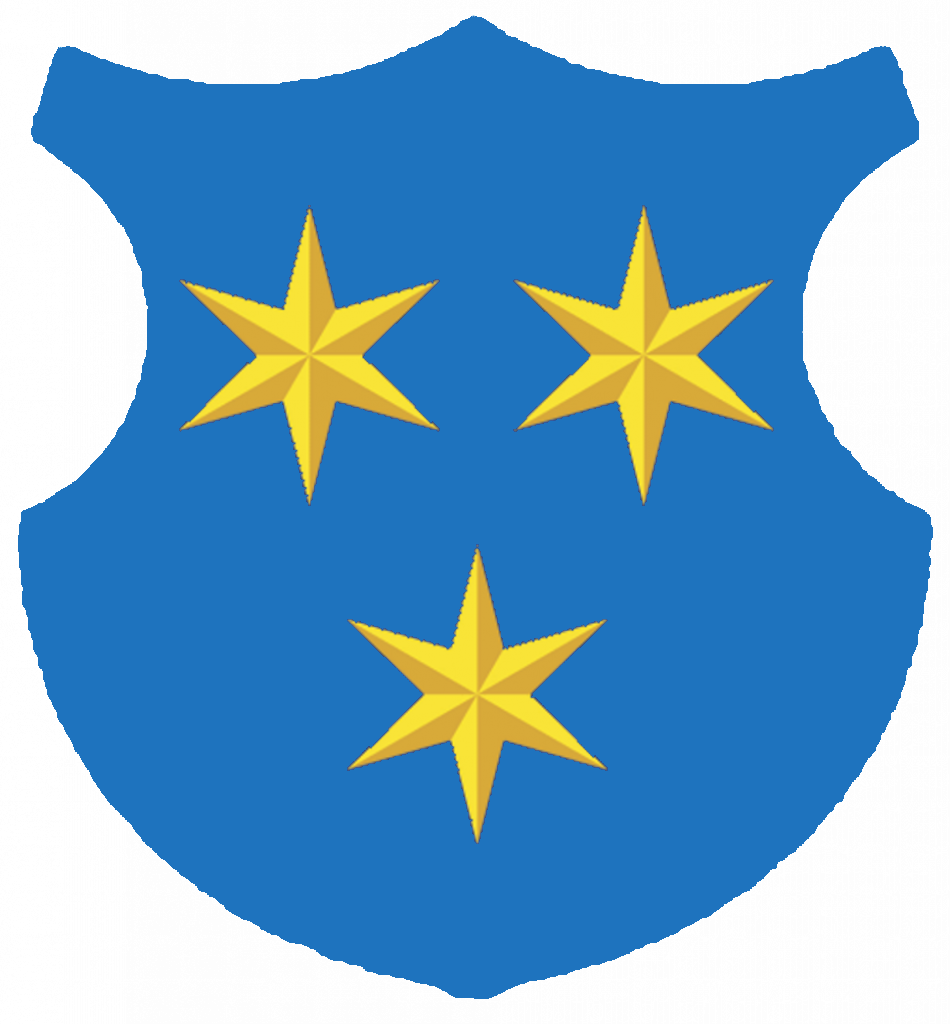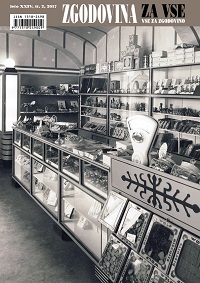Blaž JAVORNIK
WITH “SLAVIC FAITH,” PAST THE BLACKAND-YELLOW BORDER POSTS INTO THE LAND OF THE HYPERBOREAN KINGDOM
The “Travelogue sketches” by Gvidon Sernec in Slovenski narod 1901-1902
The article deals with the forgotten “travelogue sketches” that were published sporadically by the liberal daily newspaper Slovenski narod during the period of the Slovenian struggle for emancipation, which was heavily influenced by the idea of pan-Slavism. The author of the texts was Dr Gvidon Sernec from a Slovenian-speaking, middle-class family in Celje, an active cultural worker and member of the gymnastics organization Sokol, and later a lawyer in Celje. At the turn of the century, visits to Russia were considered the ultimate sobering experience regarding the attitude towards the (self-)declared Slavic patron. The process started with Fran Celestin, was continued by Matija Murko, Ljudevit Stiasny and Anton Aškerc, and was consolidated by Bogumil Vošnjak. Because they were published in non-literary media and over a long period of time, Sernec’s accounts were not included in any anthologies of Slovenian travel writing; however, they provide an insight in the then mind set of a young traveler, thirsty for life experience and adventures, who used both planned and sporadic meetings and acquaintances to compare the mental states and profiles of two divergent slavic ethnic groups.
Petra KAVREČIČ, Milan RADOŠEVIĆ
TO THE SEASIDE!
Challenges in the Development of Istrian Tourism under Austria-Hungary and during the Italian Administration, with a Focus on 1925
The authors analyze the development of tourism in Istria and the islands of Kvarner at the end of the 19th century and at the beginning of the 20th century. The article focuses on the significance of modernization processes, such as the construction of public infrastructure (roads, waterworks), improvement of the health service, and modernization of tourist facilities—all of which encouraged the development of this industry. In addition, it analyzes the developments in the tourist season of 1925, which was declared a Holy Year. The article is based on an overview of the relevant literature, historical records and press accounts (the Slovenian, Croatian, Italian and Austrian press) and includes an analysis of statistical data about the number of visitors to coastal tourist destinations in Istria and the islands of Kvarner during Austrian rule and at the beginning of the Italian period.
Marija POČIVAVŠEK
THE ART OF SELLING OR HOW TO BE A GOOD SALESMAN
The image of the salesman in the first half of the 20th century
The profession of the tradesman is not regulated in Slovenia – the idea being to remove administrative barriers and increase mobility and flexibility in finding work and employment -and requires no training. Given that consumers are demanding and conscientious, the key decisionmaking protagonists believed that a competitive market would ensure continual growth in the quality of trading. however, this was not the case in the past. Older Slovenian tradesmen prospered and gained respect through self-education and diligence. In modern times, in the second half of the 19th century and the early 20th century, during the gradual development of the consumer society, working in a shop required theoretical and practical training that the candidates acquired through a diversified system of training institutions for tradesmen, while life-long training took place through specialized magazines. (In the pre-internet era) tradesmen had to know the goods they were selling, and they needed a good general education as well as certain intellectual abilities.
Mateja RATEJ
LOTHAR MÜHLHEISEN’S OBITUARY IN THE HERITAGE OF THE METAVA VINEDRESSER JOSEF HAMMER
The author deals with the interconnected destinies of two Styrian families between the two world wars: a vinedressing family from Metava, and the family of the Maribor lawyer and political representative of the German community in Styria, Lothar Mühlheisen. The vinedresser’s documents kept by his descendants (much to their surprise) include the obituary of Mühlheisen, who was president of the local Kulturbund group for Maribor between 1931-1935 and was later court-martialed and sentenced in absentia in 1945 in Maribor. The obituary unveils a tragic saga of two families from the same troubled and unquiet place and time, however, of different ethnicity and, above all, social background and consequently, mentality. The key document in the study is Mühlheisen’s 1954 letter (possibly a draft) to the Minister of the Austrian government, which has been preserved by the descendants and constitutes a (self)portrayal of a German family/community in Maribor. The lawyer, also the owner of three vinedresser cottages in Metava, decisively marked the life of the local vinedresser Hammer, who died in 1946. Official records say that he committed suicide; unofficially, however, he was pushed into the river Drava by two locals from Metava. The article is a reflection upon the traumas that the protagonists pass unknowingly onto future generations. It also shows how post-war violence was not only an epiphenomenon of establishing socialist power but also something that had a decisive impact on human relations.

